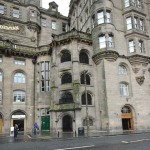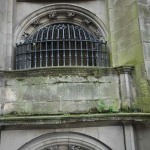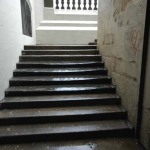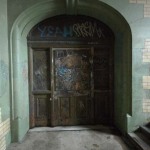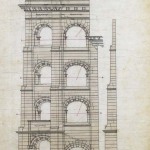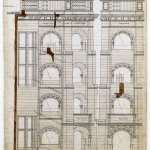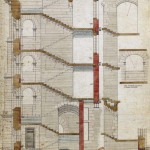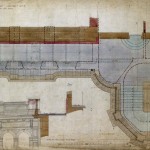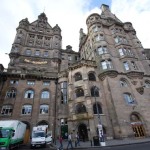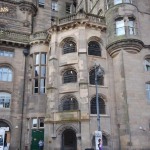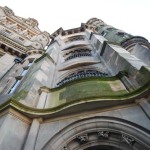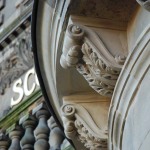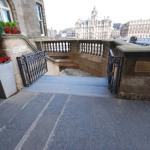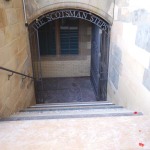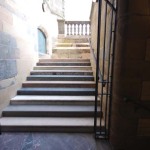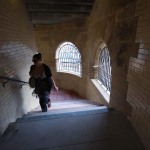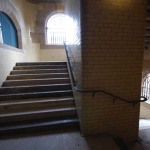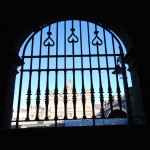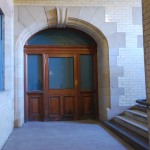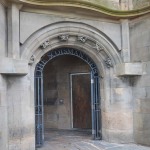Scotsman Steps
Conservation of stonework and design improvements to an important Public route
CONSULTANCY ROLE
IPA was involved in the conservation project as consultant, Accredited Conservation Architect, to principal Architect, MacGregor Bowes url: www.mcgregorbowes.com
SCHEME DESCRIPTION
The Scotsman Steps were built between 1899 and 1902 (architects James Dunn and James Finlay) as part of the construction of the Scotsman buildings,see images 5,6,7,8. The Steps are an important part of Edinburgh’s cityscape and link the Old and New Towns. After 100 years, the Steps had become dilapidated. Damp and decay, combined with poor lighting and security, lead to it being seen as a threatening environment, avoided by the general public. Edinburgh World Heritage and Edinburgh City Council recognised the problems and put in place a programme of renovation to restore the steps and reclaim them as a safe public thoroughfare that could be enjoyed by all.
Conservation
As part of the original Conservation Statement, prior to the design team’s appointment, background information on the materials of the building was assimilated by obtaining reports from British Geological Survey (BGS), Scottish Lime Centre and Charles Darley and Associates. The historical, aesthetic and social significance of the structure was also researched. Some of this research included material from the Royal Commission on Ancient and Historic Monuments (RCAHMS).
Repairs were limited to the minimum necessary to secure the fabric. Only stone that was either dangerous or life expired was replaced. Any materials that were replaced used the same materials or, where these were not available, the best available matching materials. New gates were designed, manufactured and installed by local tradesmen. The brief was; “New gates are to be designed for the top and bottom of the steps, suggestively to the design of Dunn and Finlay’s other wrought iron detailing.” A new light installation was carried out by City of Edinburgh Council.
The conservation works included structural repairs (including stapling cope stones together with stainless steel cramps and repairs to landings), masonry repairs, new Leadwork to cornices, repairs and painting of iron grilles, cleaning of glazed bricks, installation of new iron gates and handrail and reglazing of interior windows with an opaque toughened glass.
Artwork
As part of this restoration programme, Edinburgh World Heritage encouraged a local arts organisation to work with a contemporary artist on a semi-permanent arts installation for the Scotsman Steps and the local Fruitmarket Gallery suggested commissioning Scottish artist Martin Creed. Martin Creed’s response to this commission is a work titled ‘No.1059’.
The use of marble to clad the steps has helped to transform the Public route.
DETAILS
Client: City of Edinburgh Council, Edinburgh World Heritage
Listing: The Steps were Category A-listed in 1974
Location: Connecting Market Street and Waverley Station with North Bridge, Edinburgh
Started on site: September 2010
Completion: June 2011
Main Contractor: Forth Stone

